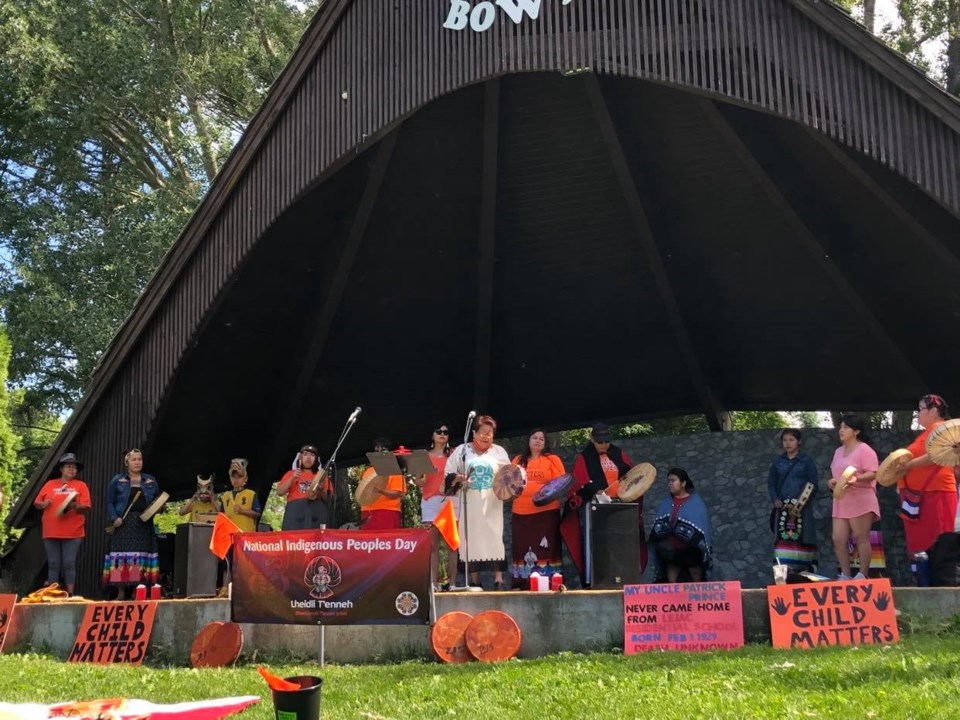The Wetsuwet’en have repeatedly occupied Canadian headlines in recent weeks, months, and even years. The news stories typically focus on the events of the recent past. However, these events fit within a much larger set of histories that extend back into the past far beyond the blockades.
Wet’suwet’en hereditary nobles carry names that are weighted by historical responsibilities. Current title holders must not simply act for themselves, but with a deep and abiding respect to maintaining the links between their lineage and the land. In this sense, they are only the most recent incarnation of a genealogical chain stretching across millennia.
A century ago, Diamond Jenness, an anthropologist at the National Museum of Canada, travelled to Wet’suwet’en territories to document their traditions. The Wet’suwet’en he met governed themselves through matrilineal clans, each with responsibilities for particular territories. As one unnamed Elder told him:
The white man has been only a short time in this country and knows very little about animals; we have lived here thousands of years and were taught long ago by the animals themselves. The white man writes everything down in a book so that it will not be forgotten; but our ancestors married the animals, learned their ways, and passed on the knowledge from one generation to another.
In the 1980s, in a court case known as Delgamuukw-Gisdaywa, the Wet’suwet’en went to court alongside their Gitxsan neighbors, asserting that they still maintained territorial jurisdiction and ownership over their traditional territory. They based this authority on governance practices enacted through community feasts that anthropologists refer to as potlatch. Through the feast, they continually renew hereditary connections to the land across the generations.
As proof, during the case hereditary chiefs took the stand and shared their oral histories. Their testimony stressed the long-standing connections between their clans and territories, the importance of respecting the animals, and the deadly repercussions of failing to do so. For instance, Chief Hattakumex, Bazil Johnson, shared with the court a story of the impacts when a group of children disrespected the salmon. “During that time the salmon never came back and a lot of the people starved.”
Despite being dismissed by the initial trial judge, ultimately oral histories played a central role in the Delgamuukw-Gisdaywa decision. The landmark decision in 1997 not only helped define Aboriginal title in Canadian law, but also affirmed that these histories provided solid evidence of Indigenous connections to the land.
Moreover, the court recognized that these oral histories outline principles to guide how the land should continue to be used today. Hattakumex’s story shows how fragile human relationships to the environment can be. There are natural forces far beyond human control. Failing to respect our relationships to the natural world can have disastrous consequences.
Maintaining ancestral connections to the land has enabled Indigenous nations to live sustainably for thousands of years. This is the foundation of Wet’suwet’en law. This was knowledge that the hereditary chiefs brought to court.
Canadian is a young country and still has a lot to learn. We would do well to listen far more carefully to the Elders of the nations who were here first.
Tyler McCreary is an adjunct professor of First Nations Studies at UNBC and assistant professor of Geography at Florida State University. He is author of Shared Histories. Daniel Sims is an associate professor of First Nation Studies at UNBC and a member of the Tsay Keh Dene First Nation.


